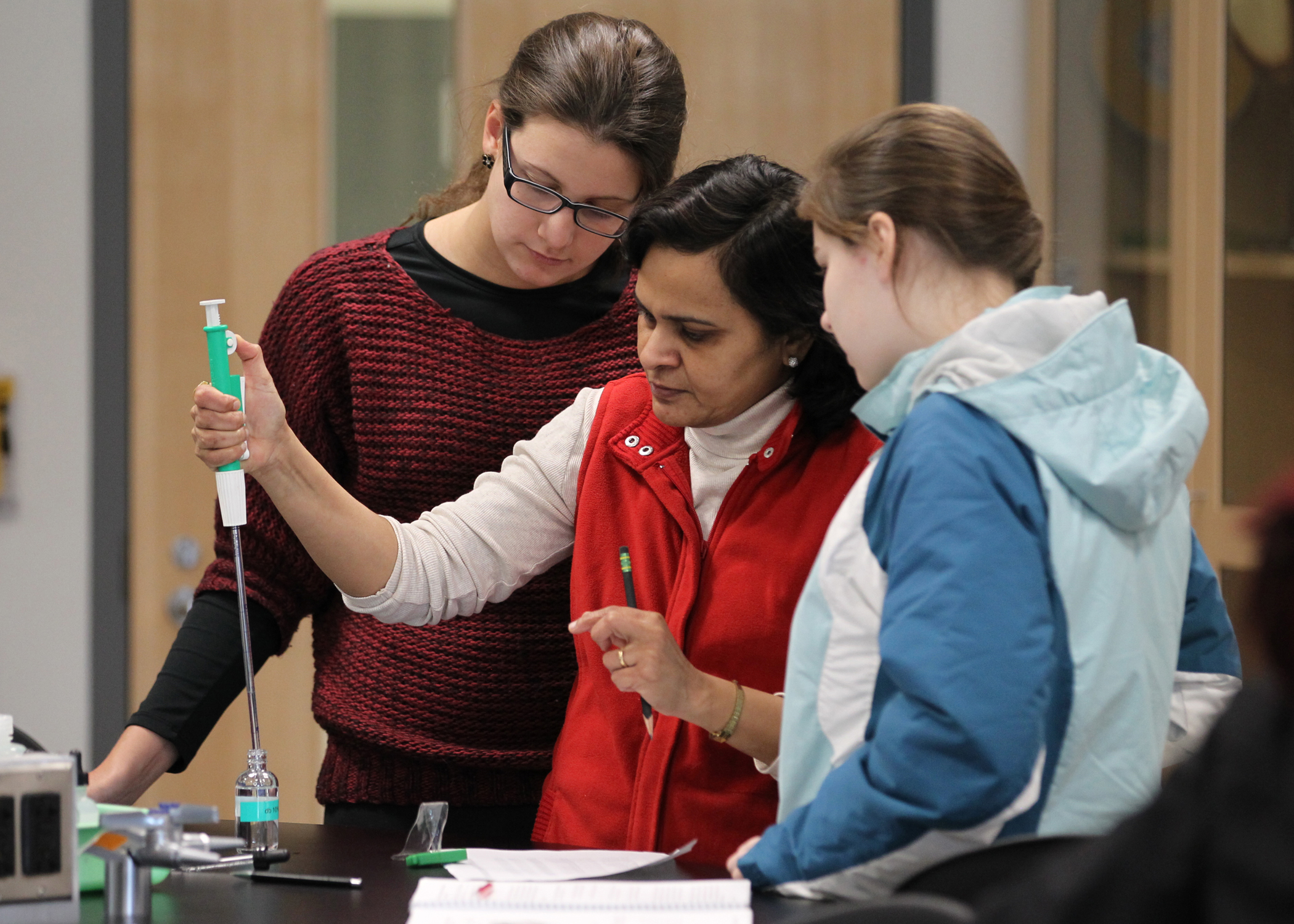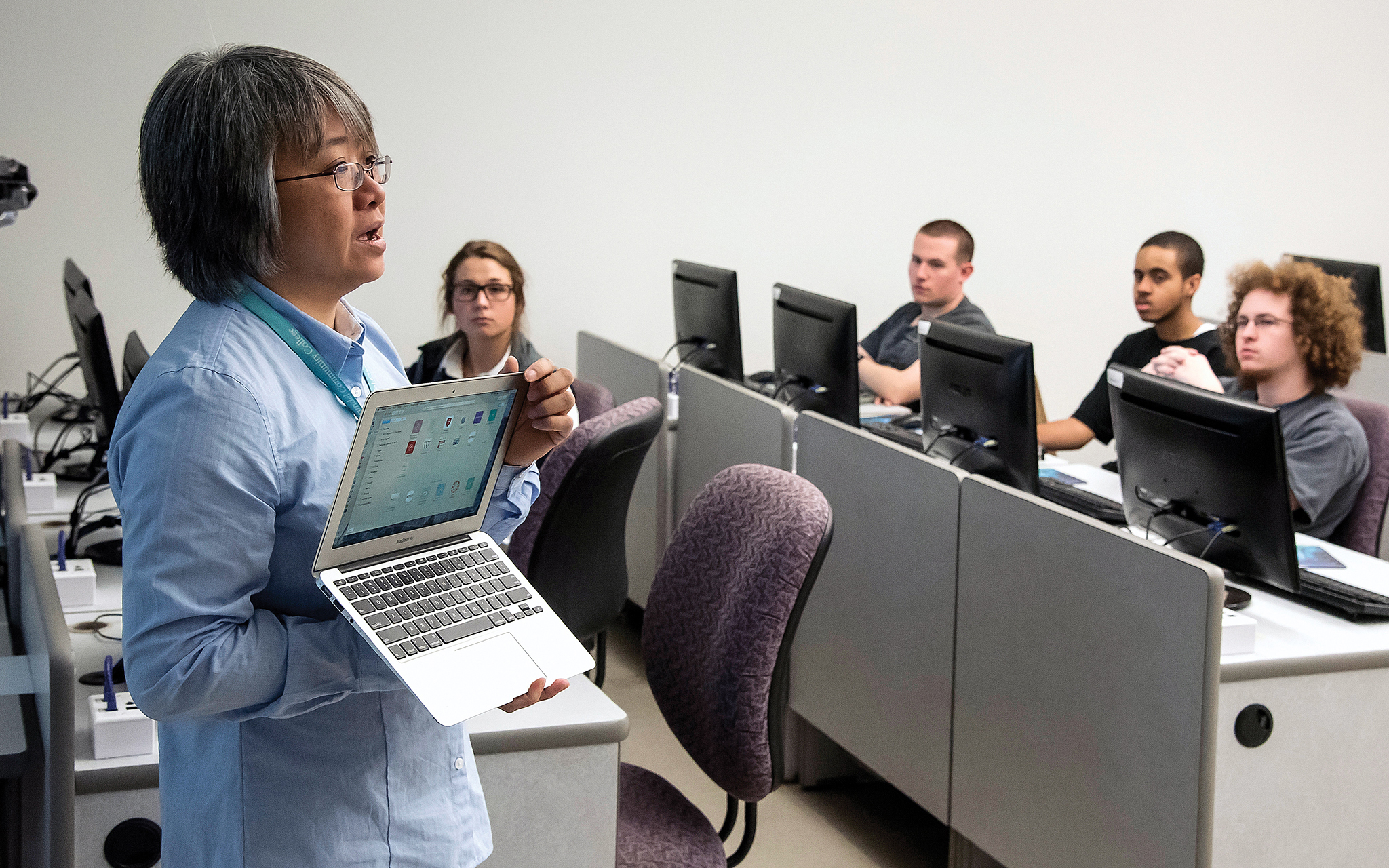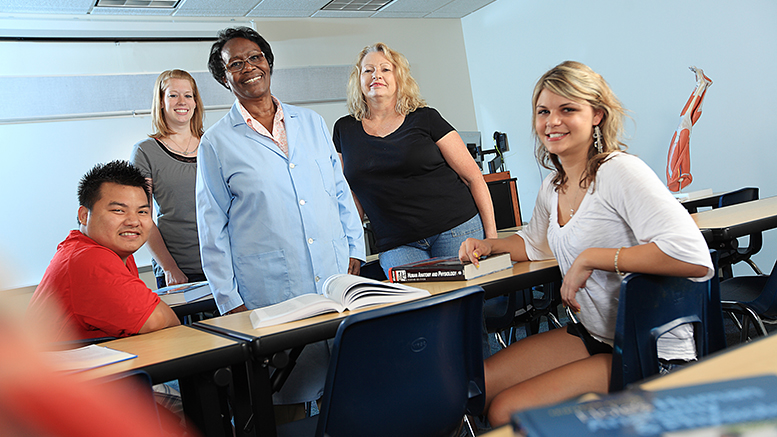Community colleges tend to have the greatest diversity among their students than other types of higher education institutions, yet they still face challenges in attaining diversity among faculty.
In California, for example, a report by the Campaign for College Opportunity found that while Hispanics compromise 44 percent of the student body in higher education, including the state’s 114 community colleges, only 15 percent of faculty are Hispanic, Community College Daily reported.
There are community colleges across the nation, however, that see broadening the diversity of faculty as a priority.
A foot in the door
“The more diverse our faculty, the more comfortable our students will feel and the more likely they will prosper academically,” says Elina Bivins, equity manager and Title IX coordinator at Hillsborough Community College (HCC) in Florida.
Hillsborough is a minority-majority institution when it comes to students, so college leaders would like to see that balance mirrored among its faculty. “We’re living in a very diverse society, and we want to make sure we cultivate and foster an environment that is free of free of harassment and hostility,” Bivins says.
HCC, winner of the American Association of Community Colleges’ (AACC) 2017 Award of Excellence for advancing diversity, implemented several strategies to increase diversity among faculty. The college created a faculty advisory team two years ago to select minority applicants to participate in an internship program, where they can gain some teaching experience and build relationships with deans, faculty and administrators before they are hired for a permanent job. The interns work as full-time, paid, temporary instructors and are assigned a mentor.
According to Bivins, diversity has increased at Hillsborough since the Florida College System began requiring colleges to submit an annual equity report. Between 2015 and 2016, Hispanic faculty at HCC increased by 50 percent and African-American faculty increased by 14 percent.
HCC also targets faculty recruitment efforts to job fairs and other sources that tend to attract minority applicants, and the college’s Office of Equity and Special Programs hosts two diversity training sessions a year open to all faculty and staff. The latest one was on micro-aggression, and previous workshops covered employment laws, such as Title IX.
Intentional recruiting
Having a diverse staff and faculty, as well as a diverse student body, is an important priority for Joianne Smith, president of Oakton Community College in Illinois, where 52 percent of students are non-white.
“We’ve been focused on being very intentional about where we recruit future employees,” Smith says. Everyone who serves on a hiring committee must undergo cultural competency training. The training helps Oakton staff recognize their own biases and identify the kinds of questions they should ask job applicants.

Increasing diversity among faculty is a goal at Oakton Community College. (Photo: OCC)
Recruiters prioritize job fairs targeted to people of color. Ads for job openings prominently displays the college’s values, and during job interviews, Oakton personnel talk about the college’s commitment to diversity and equity.
Oakton’s human resources department is undergoing a transition, so statistics aren’t available, but Smith says the college has made progress in attaining more diversity, especially among administrators, where there is more turnover than among full-time faculty members with tenure. The senior leadership team – Smith’s eight-member cabinet – is majority non-white, she notes.
Diversity faculty fellows
“We want to make sure the faculty in front of students in class are people they can relate to,” says Deidra Dennie, chief diversity officer in the Office of Inclusion, Diversity, Equity Access and Leadership at Anne Arundel Community College in Maryland.
“We recognized that we don’t match our student demographics with faculty,” Dennie says. Currently, the student body is about 17 percent African-American and 8 percent Hispanic, while the faculty is 10 percent African-American and 2 percent Hispanic.
To create more balance, the college created a Diversity Faculty Fellows program to encourage more underrepresented faculty in adjunct positions to seek permanent posts, she says. The program, which just completed its first year, targets diverse adjuncts early in their careers. Adjuncts who have worked at the college for at least one year but no more than three years are eligible to apply.
During the yearlong program, fellows are matched with a permanent faculty member who provides advice on classroom management, interviewing for full-time positions, putting together a portfolio and what it means to be part of a department. “The goal is to acclimate them to the academic world,” Dennie says.
Because adjuncts don’t spend a lot of time on campus, mentors help the fellows make connections and build bridges with colleagues in their department.
The fellows attended the National Conference on Race and Ethnicity in American Higher Education (NCORE), an annual program hosted by the Southwest Center for Human Relations Studies at the University of Oklahoma. At NCORE, the fellows not only made connections with peers at other colleges but also gained experience giving presentations.

A class at Anne Arundel Community College. (Photo: AACC)
Anne Arundel usually has 10 to 16 openings for full-time faculty every year, and the fellows are encouraged to apply for them.
Of the three faculty fellows who just completed the program, one was hired for a full-time position. Another was offered a special-term contract, which provides more teaching time and a higher salary. The third fellow got a full-time summer job conducted research related to her field and will return to the college in the fall.
“What we’re creating is a pipeline of talent,” Dennie says.
A welcoming climate
Nabil Abu-Ghazaleh, president of Grossmont College in California, says colleges should create an environment that values and welcomes a diverse faculty that mirrors the student body. Grossmont serves a socioeconomically, as well as a racially and culturally, diverse student population, including a growing number of refugees.
“The key ultimately is to not be afraid to hire the non-diverse candidate if that person is the best candidate for the position,” Abu-Ghazaleh says. Colleges should not have to lower their standards. Instead they need to “make sure they are attracting people who believe they are getting the best shot if they are qualified.”
Attracting diverse candidates for faculty positions calls for college leaders “to work on our own understanding of cultural competence and equity,” he says.
Colleges need to do more than post an ad seeking diverse applicants. Colleges should recruit actively within the community, work with faculty unions, offer mentors and professional development and spread the message that “if you are highly qualified, you will get a fair shake.”
There are highly qualified people of every diverse background, he says, but some institutions have histories that tell prospective candidates “don’t waste your time applying here,” he says.
When Abu-Ghazaleh hired the college’s first Arabic-speaking employee, others in that community “are starting to believe they can apply.” He gave a commencement speech in Spanish and Arabic, as well as English, because “those are voices we are trying to invite into our little neighborhood.”
At one point at Grossmont, Abu-Ghazaleh went to bat against a faculty recommendation – a move that lead to a threat of a no-confidence vote – when he insisted on hiring a cross-cultural studies professor. That subject was addressed in the coursework but wasn’t led by a full-time faculty member.
He thought it was worth the risk to start changing the dynamic, and “now others are stepping up, saying maybe we should take risks.”
DataPoints: Staff and faculty are less diverse than the student populations attending community colleges.
Ultimately, however, college’s credibility in hiring “comes from saying we will only hire the top candidate,” he says. “Then when someone is hired from a diverse background, the decision is respected.”
Campus conversations about diversity and equity can create a more welcoming environment, Abu-Ghazaleh believes. “Having students tell their stories enriches the conversation,” and focusing on the value of enriching the pool of prospective mentors “starts to change the tone.”
When Abu-Ghazaleh meets with faculty committees, he asks what the department needs, what the students need and what should be done about future hires. “Sometimes just asking the questions adds legitimacy.”
Faculty from diverse backgrounds who were hired four or five years ago are now getting the chance to serve on hiring committees and influence the conversation, he says. “It’s a long game and one has to be patient.”

